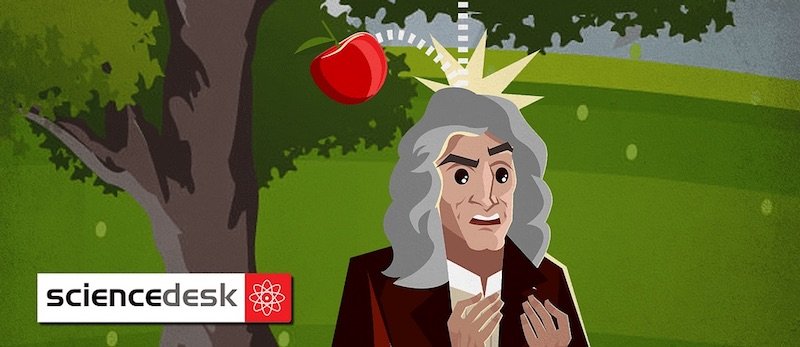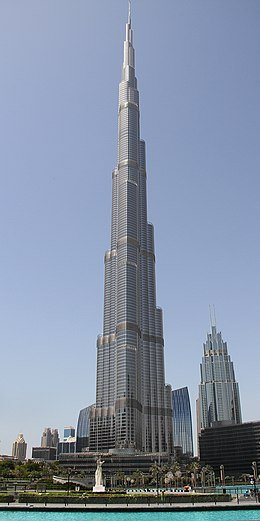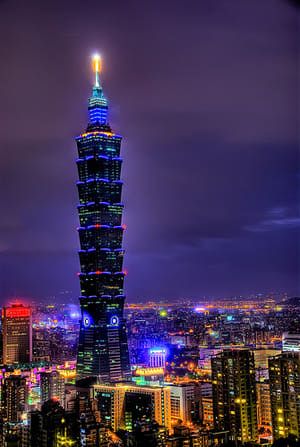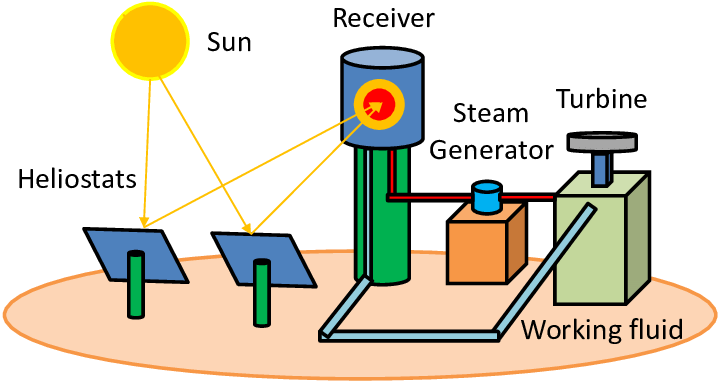PART 2
Describing physical forces

Source: newslaundry.com
Read the text about physical forces and answer the questions.
There are all kinds of different forces acting on a tall structure. With very tall structures, one of the main loads you need to take into consideration is the mass of the structure, in other words its weight. Due to gravity, the mass exerts a downward load, which has to be transmitted to the ground. That downward force means the structure is in compression, especially near the bottom. The closer you are to the bottom, the more compressive force the structure is subjected to. But with tall structures, downward load compressing the structural element is only part of the problem.
Another major force acting on the structure is wind load, which is a horizontal load, exerted by air pressure against one side of the structure. Because the structure is fixed at ground level, and free at the top, that generates bending forces. And when elements bend, you have opposing forces: compression at one side, tension at the other. And at ground level, the wind effectively tries to slide the structure along the ground, and the foundations below the ground resist that. The result of that is shear force between the substructure and the superstructure. The wind generates tensile loads on the foundations of tall structures as well, as the bending action tries to pull them out of the ground on one side, like a tree being uprooted by the wind. So the foundations need to rely on friction with the ground to resist the pull-out force, just as tree-roots do. The action of the wind can also generate torsion. Sometimes you get a twisted force, when the air pressure is comparatively higher against one corner of a building, although this is less of a problem with chimneys because of their circular profile.
With very large masses of concrete, you also have to think about the forces generated by thermal movement. When concrete absorbs heat from the sun, you get expansion; as soon as the sun goes in, there is contraction. That movement can be significant over a large area, especially as the sun heats one side of the structure much more than the other.
Source: Technical English. David Bonamy. London: Pearson Longman, 2008.
B. Comprehension exercise
1. Make a list of the forces mentioned in the text. If you are in class, work in pairs to make sure you understand what they mean. If you are at home you may check them online.
| Force | Force | Force |
|---|---|---|
| a. | e. | h. |
| b. | f. | i. |
| c. | g. | j. |
| d. |
2. Label the following diagrams using your list.

| Type of force | Type of force | Type of force |
|---|---|---|
| 1. | 4. | 7. |
| 2. | 5. | 8. |
| 3. | 6. | 9. |
PLACES

Tall structures: Burj Khalifa (Dubai)
Source: Wikipedia.org

Tall structures: Taipei 101 (Taiwan)
Source: Pinterest.com

